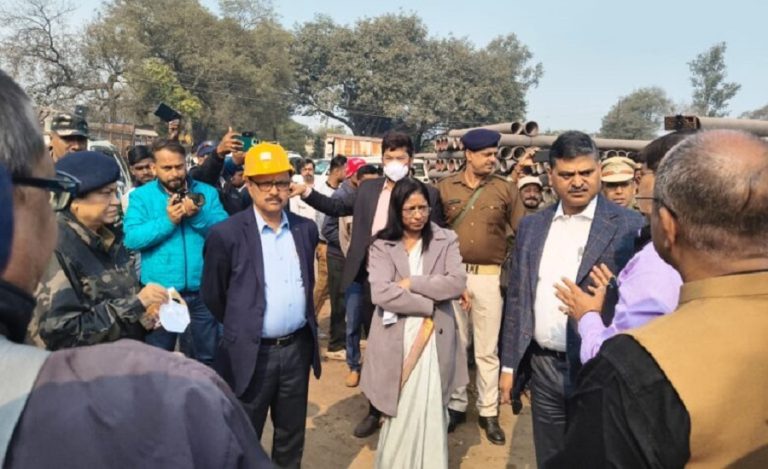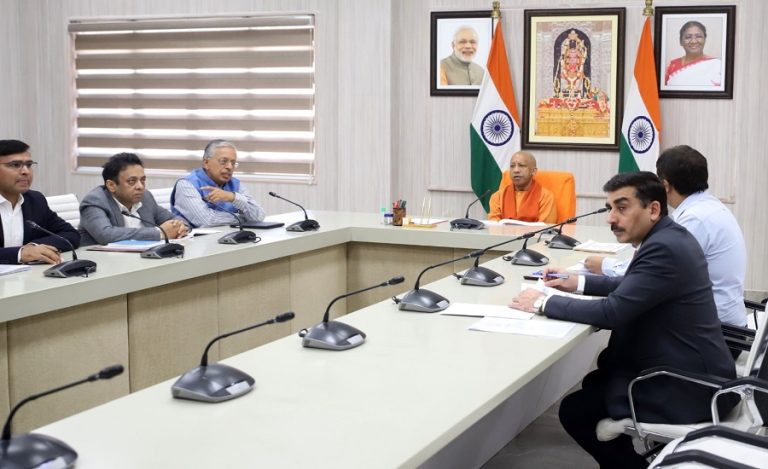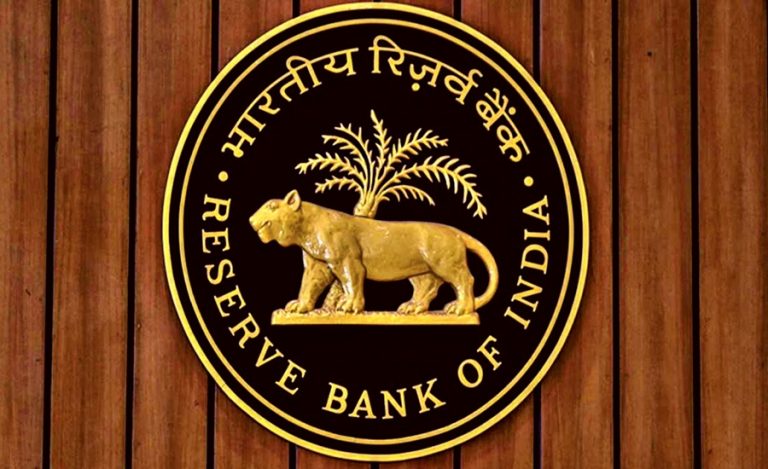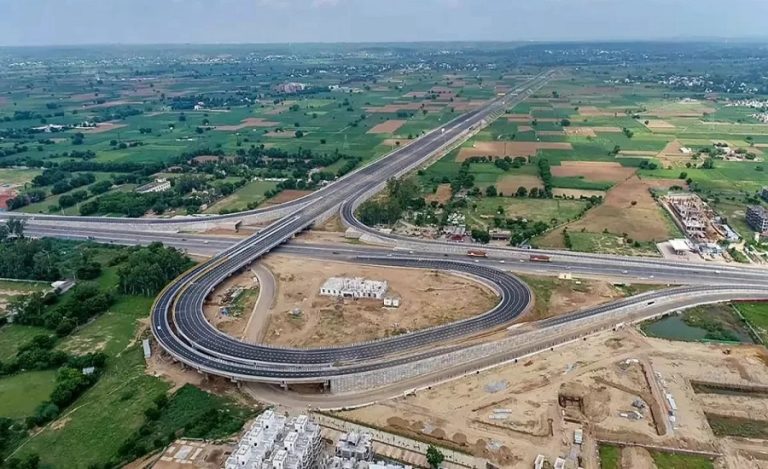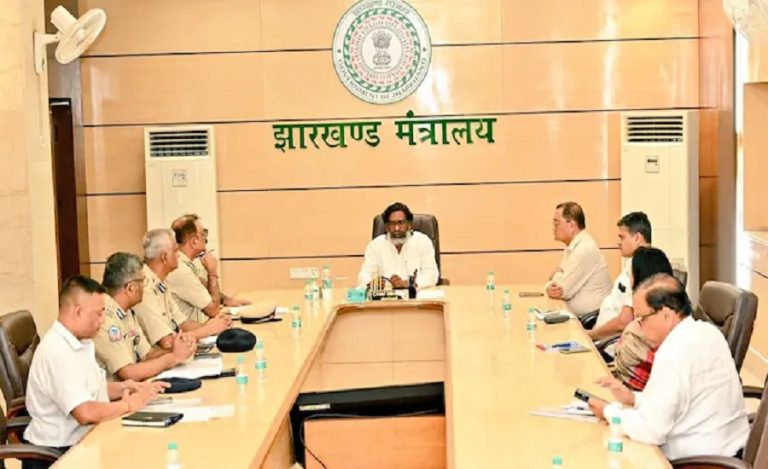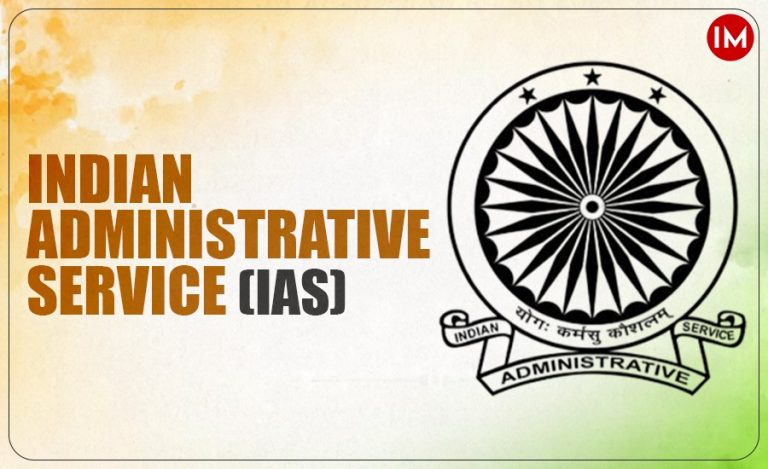In the heart of Madhya Pradesh lies the Panna Tiger Reserve (PTR), spanning the Panna and Chhatarpur districts. This sanctuary is renowned for its breathtaking landscapes and diverse wildlife, including the majestic tigers that roam its forests. However, beneath this natural beauty simmers a contentious land dispute that threatens to undermine conservation efforts. In June 2024, an order was passed allowing the Oberoi Group to acquire 2.8 acres of land within the eco-sensitive zone of the reserve, a decision that ignited fierce opposition from conservationists and local communities.
The controversy began when it was reported that the then Sub-Divisional Magistrate (SDM) and Forest Management Officer sanctioned the reclassification of Khasra No. 2091, effectively removing it from protected status. This move, seen as a threat to the already vulnerable tiger population, raised alarm bells among those dedicated to preserving the delicate balance of nature. The historical Rajgarh Palace, once a royal residence and now a luxury heritage hotel under the Oberoi Group, had already amassed significant land over the years, and this latest expansion fueled fears of further encroachment into wildlife habitats.
Indian Masterminds spoke with Ms. Anjana Suchita Tirkey, the Field Director of Panna Tiger Reserve and an IFS officer from the 2010 batch, as well as Mr. Prakhar Singh, the then SDM of Rajnagar and an IAS officer from the 2020 batch. Through these discussions, we gained valuable insights into the issue and the perspectives of each individual and department involved.
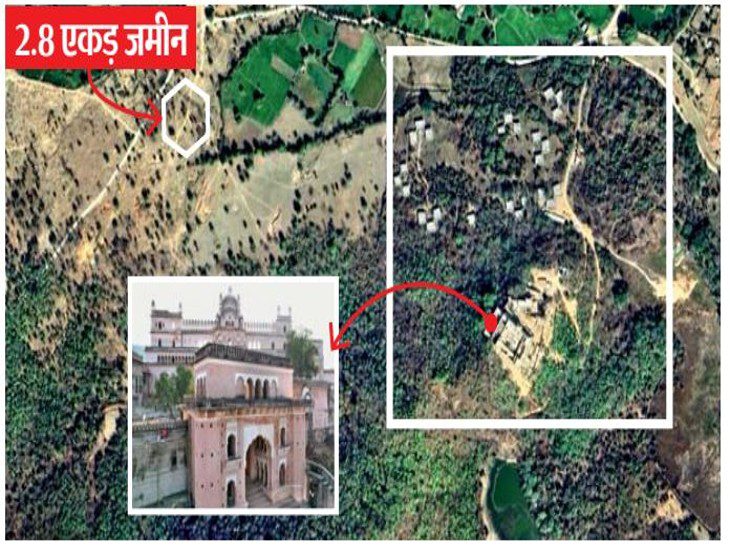
THE ISSUE
Nestled in the central Indian state of MP, the PTR is a jewel of biodiversity and natural beauty. Spanning over 643 square kilometers, this reserve is renowned for its rich wildlife and stunning landscapes, ranging from dense forests to rocky terrains and serene rivers.
The Rajgarh Fort is situated in the buffer area of PTR, which the MP government has leased to the Oberoi Hotel Group, currently undergoing renovations. The hotel owners had purchased land for staff quarters, but it was later discovered that part of this land encroached on the PTR.
In June, upon receiving reports of construction on this land, both the revenue and forest departments conducted a demarcation survey. Their investigation confirmed that a portion of the purchased land indeed fell within the reserve’s boundaries. Following this revelation, the Oberoi Hotel owners were informed that their property included protected forest area, leading to a dispute over ownership and land use. As a result, the forest department immediately halted construction and initiated legal proceedings to address the situation.
Ms Tirkey said, “After this issue came to light, we conducted an investigation and discovered that part of the PTR land had been included in the land purchased by the Oberoi Group. When we examined the digital records, we found approximately 2.8 acres of PTR land registered in the name of a private individual. This should not have occurred, as it is a protected forest area, and its land use cannot be altered without the approval of the National Tiger Conservation Authority (NTCA) or the court.”
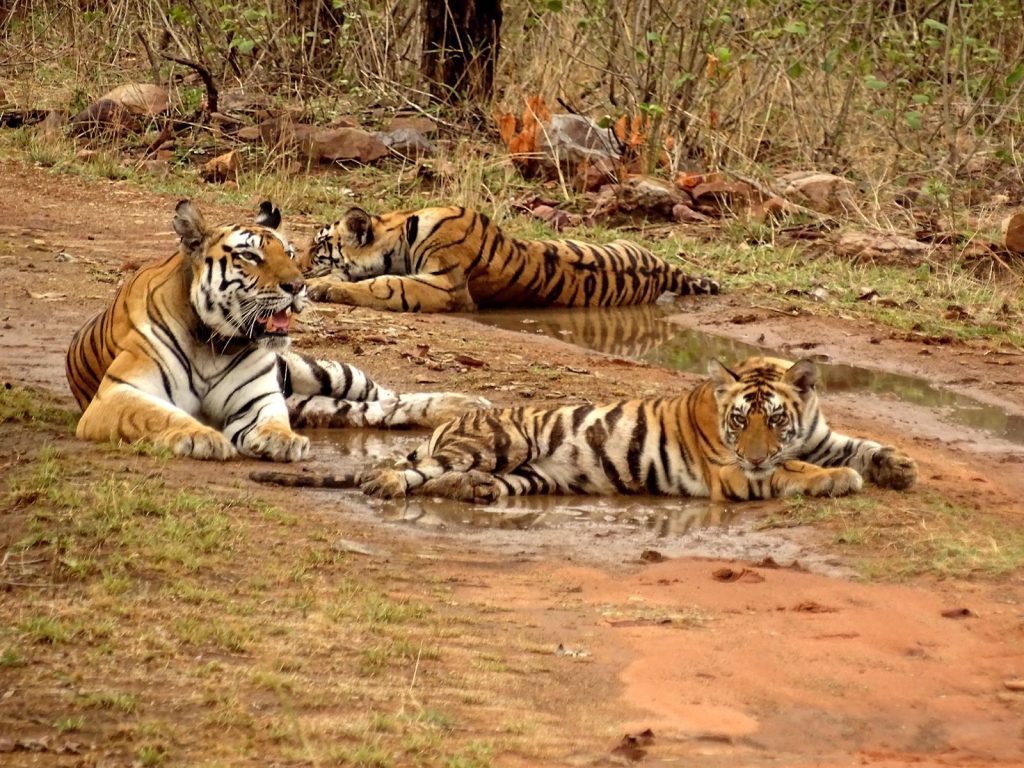
THE APPEAL
As news spread of the new land allocation, whispers of conspiracy echoed through the village. The complaints began pouring into the Rajgarh Collector’s office, urging an investigation into the decision. The ecological balance was fragile, and the expansion of the resort threatened the very essence of what the reserve stood for.
Ms Tirkey found herself at the center of a storm. Even, her authority had been undermined by the SDM’s decree, and she knew that the implications were grave. She said, “We have appealed to the collector’s office regarding this matter, but we still retain possession of the land.”
In this, first the order of the SDM was given, after that there is the Forest settlement officer, he may have done this land settlement in favor of Oberoy.
The Collector of Chhatarpur, Mr. Parth Jaiswal, an IAS officer from the 2015 batch, took note of the situation, stating that the appeal against the SDM’s order had been accepted and that a thorough examination of the facts was underway.
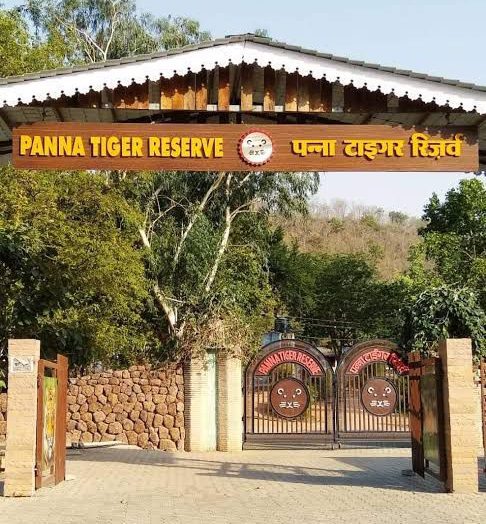
SDM’S SIDE
It is reported that on behalf of the Oberoi Group, R. Shankar, President of Corporate and Legal Affairs at AIH Ltd., submitted an application to the SDM. In response, the SDM issued an order on June 25, 2024, to register 2.80 acres of land under Khasra number 2091 as belonging to the landowner. This order effectively designated a portion of the protected land of PTR as private property. Initially, the SDM issued the order, followed by the Forest Settlement Officer, who may have facilitated the land settlement in favor of Oberoi. Initially, the SDM issued the order, followed by the Forest Settlement Officer, who may have facilitated the land settlement in favor of Oberoi.
When Indian Masterminds approached SDM Prakhar Singh regarding this matter, he stated, “I have not signed this order. I was on leave when it was issued. This involves a complete process of forest management, addressing both forest and revenue land issues. This land has been classified as revenue land since 1950.”
He added, “I went on leave on June 24, and my signature is not on this document. The discussions are between the Revenue and Forest departments.”

THE RAJGARH PALACE
Rajgarh Village, located within the Chandannagar Range in Chhatarpur district, is home to the historic Rajgarh Palace (fort), a relic of the Panna princely state that stands as a testament to history, its walls whispering tales of grandeur.
In 1996, the MP government leased the palace along with 7.20 acres of land to Rajgarh Palace and Resort, a company of the Oberoi Group, which envisioned transforming the palace into a luxury heritage hotel. Over the years, the company has acquired a total of 69.82 acres of land. Despite the substantial land already granted, there have been attempts to acquire additional land.
The revenue records of Rajgarh Mauja indicate 18 Khasra numbers that fall within the eco-sensitive zone of the Tiger Reserve. The Forest Management Officer in Rajnagar is tasked with determining the boundaries of these areas.

WILL BE IT SAFE FOR TIGERS?
In a world where the luxury of human progress often overshadows the wilderness, the fight for Rajgarh transcends mere land disputes; it represents a struggle for the soul of a region steeped in history. But will it be safe for tigers and other wildlife, given that this area is eco-sensitive? Can the luxury of hotels coexist with the needs of the local fauna?
Ms. Tirkey remarked, “Definitely, Rajgarh Palace and Resort is located in an eco-sensitive zone. Tigers and leopards visit here regularly. Therefore, permission to operate the hotel must be obtained from the local advisory committee. They will outline what should and should not be done.”
The tigers, silent witnesses to this unfolding saga, continue to roam, embodying the wild spirit that refuses to be tamed.









